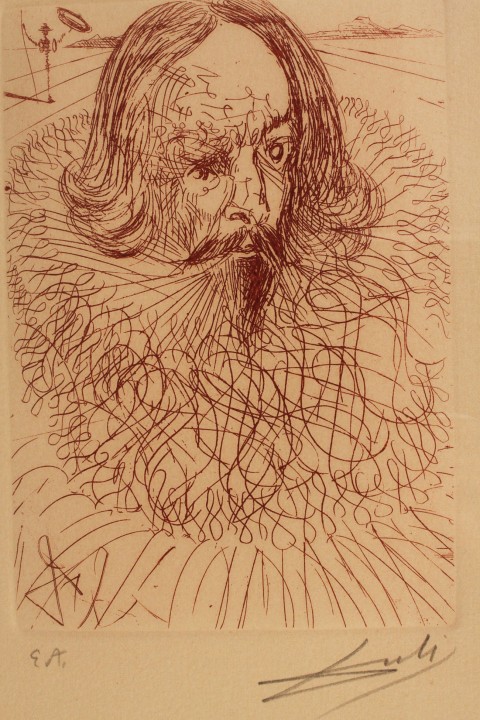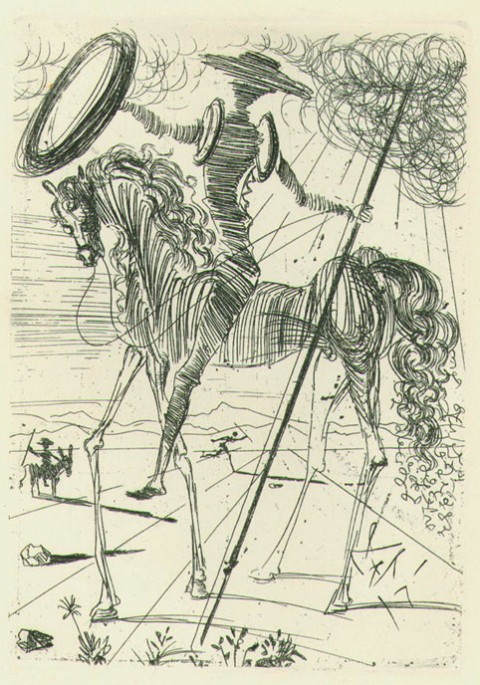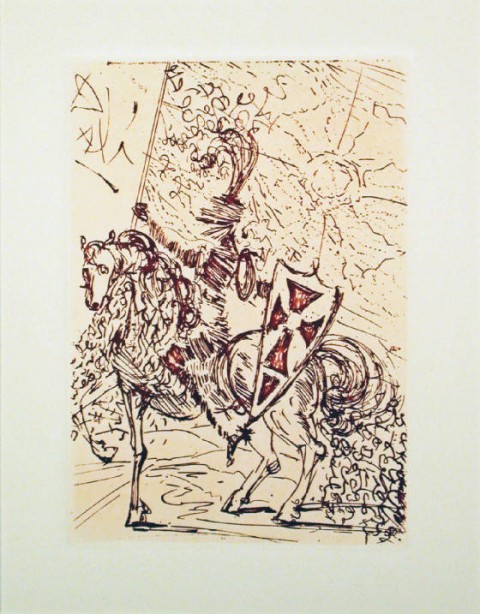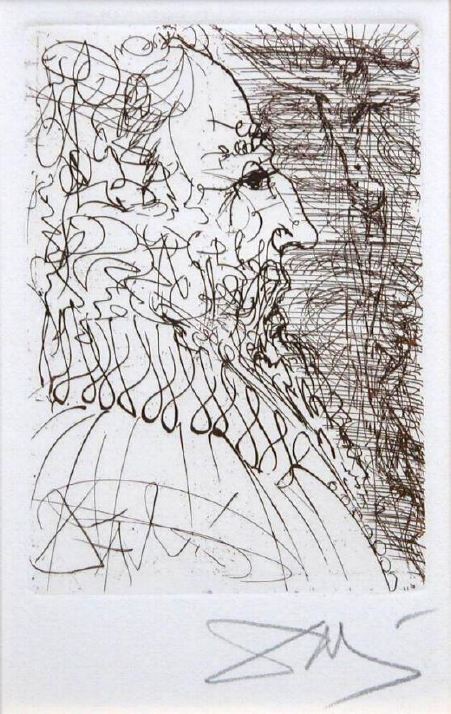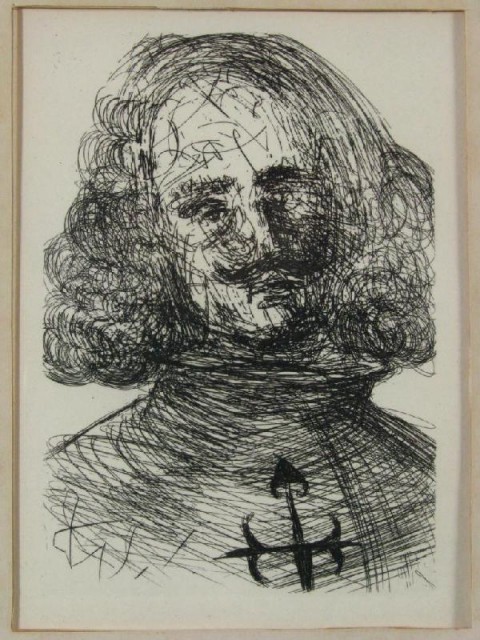Most people who saw Martin Scorsese’s Hugo will recall its brief dramatization of a screening of the Lumiere Brothers’ 1896 silent film L’Arrivée d’un Train en Gare de la Ciotat (popularly known as Arrival of a Train at the Station). This short film documents, quite simply, a train arriving at a station, but it supposedly both thrilled and terrified its first audiences, so much that they scrambled from their seats as the locomotive barreled toward the camera, as though it might transgress the screen and plow into the theater. It’s hard to imagine a film having that much power to physically shock an audience out of its seats today, even with the current glut of 3‑D spectacles on IMAX screens, the beautiful Hugo included.
The medium may have lost its novelty, but its history continues to fascinate. Scorsese’s love-letter to silent film won several Academy Awards this year in technical categories, and the coveted best picture Oscar went to The Artist, the first silent film to win that award since 1927’s Wings, starring Clara Bow. (Wings actually received the Best Picture equivalent—Best Production—in 1929). 1927 is also the year the “talkies” came to town; Al Jolson’s The Jazz Singer put silent film effectively out of business. Hollywood: A Celebration of the American Silent Film, a 13-part documentary series released in 1980, begins its first episode, “The Pioneers” (above), with several aged silent filmmakers’ reactions to Jolson’s film, reactions which are almost uniformly negative, as one might expect given their professional commitment to a medium that transformed overnight and left most of them behind.
However, the stars and directors interviewed in the film don’t necessarily seem bitter over the loss of silent film. Instead, they display a wistful reverence for the “international language” that film was before it learned to speak—in dozens of different languages. Narrated by the inimitable James Mason, Hollywood revisits the grandeur of the silent film era and disabuses viewers of the stereotypical idea that all silent films were “jerky and flickering and a little absurd, moving at the wrong speed with a tinkling piano.” Instead, each episode of the documentary walks us through a series of incredibly dramatic movies with elaborate (often outlandish) sets and costuming, and actors skilled in the “high art of pantomime.” It’s a riveting journey, and an era well worth revisiting whatever one thought of this year’s Oscars.
The full documentary series is available here. And don’t miss our collection of Silent films available online … for free.
H/T @brainpicker

